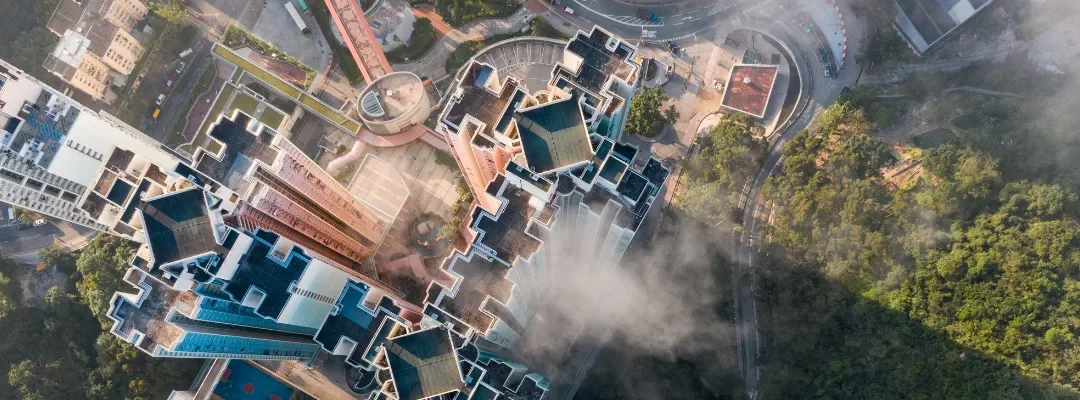Climate change is reshaping every industry—and construction is no exception. Rising temperatures, extreme weather events, and shifting environmental regulations are compelling builders, architects, and developers to rethink traditional methods and materials. In 2025, climate resilience and sustainability are no longer optional—they’re critical for long-term success.
Here’s how climate change is impacting construction practices and materials, and what you can do to adapt.
1. Increased Demand for Climate-Resilient Structures
What’s Changing:
- More frequent hurricanes, floods, and wildfires
- Stricter building codes in vulnerable zones
How Builders Are Adapting:
- Elevated foundations in flood-prone areas
- Reinforced roofing and storm-rated windows
- Fire-resistant cladding and non-combustible insulation
Example: California’s updated wildland-urban interface codes now require ignition-resistant construction materials.
2. Shift Toward Sustainable, Low-Carbon Materials
What’s Changing:
- Pressure to reduce embodied carbon (the CO₂ emitted during material production)
- Clients demanding greener options
Material Trends:
- CarbonCure concrete: Injects captured CO₂ into concrete, strengthening it while reducing emissions
- Cross-laminated timber (CLT): Renewable and stores carbon
- Hempcrete and mycelium bricks: Innovative, biodegradable materials with a minimal carbon footprint
Pro Tip: Use Environmental Product Declarations (EPDs) to compare material sustainability.
3. Smarter Site Planning and Building Orientation
What’s Changing:
- Rising energy costs and extreme temperatures
Energy-Saving Tactics:
- Orienting buildings to optimize natural light and ventilation
- Designing for passive solar heating or cooling
- Using green roofs to reduce urban heat island effects
Bonus: BIM software with climate simulation tools can forecast long-term performance.
4. Greater Emphasis on Water Management
What’s Changing:
- Increased droughts and water scarcity
- Heavier rainfall events causing flooding
What’s Being Done:
- Installing greywater recycling systems
- Incorporating permeable pavements and bioswales
- Designing with drought-tolerant landscaping
Case Study: In Arizona, commercial projects are now required to use water-efficient irrigation systems and native plants.
5. More Durable and Flexible Building Materials
What’s Changing:
- Materials face more extreme conditions, from heatwaves to freeze-thaw cycles
Popular Adaptations:
- UV- and moisture-resistant coatings
- Reflective roofing materials (cool roofs)
- Flexible sealants that withstand temperature swings
Tech Spotlight: Phase-change materials (PCMs) that absorb or release heat depending on conditions are being integrated into walls and insulation.
6. Regulatory and Certification Pressure
What’s Changing:
- Climate policies like the Paris Agreement are pushing nations to regulate carbon output
What You Need to Do:
- Align projects with LEED, BREEAM, or WELL Building standards
- Meet local mandates for energy modeling, carbon reporting, and green material sourcing
7. Increased Use of Prefabrication and Modular Construction
Why It Helps:
- Reduces material waste and energy use
- Allows for controlled indoor construction, avoiding weather delays
- Enables rapid assembly, reducing site impact

